Gaming Price Increase: Are $80 Games Really Coming?
The gaming price increase conversation is heating up, and not without reason. While $70 has become the new standard for AAA titles, whispers of $80 price tags are starting to gain traction. And for a lot of gamers, that feels like a step too far.
Recently, Borderlands creator Randy Pitchford stirred the pot by tweeting that “If you’re a real fan, you’ll find a way to make it happen. My local game store had Starflight for Sega Genesis for $80 in 1991 when I was just out of high school working minimum wage at an ice cream parlor in Pismo Beach and I found a way to make it happen.”
Naturally, fans pushed back. Because this isn’t about whether we can afford $80, but whether any modern game is truly worth it.
Add to that the reports that some Nintendo Switch 2 games might debut at $80 or more, and it’s clear that higher price points are no longer rumors—they’re on the horizon. Even Xbox recently raised the price of its Series X/S console, pushing the hardware side of gaming into more expensive territory as well.
Then there’s the big one, GTA 6, arguably the most anticipated game of the decade and set to release in 2026, is rumored to launch at $100. With multiple industry shifts happening at once, gamers are asking: Are we really okay with this?
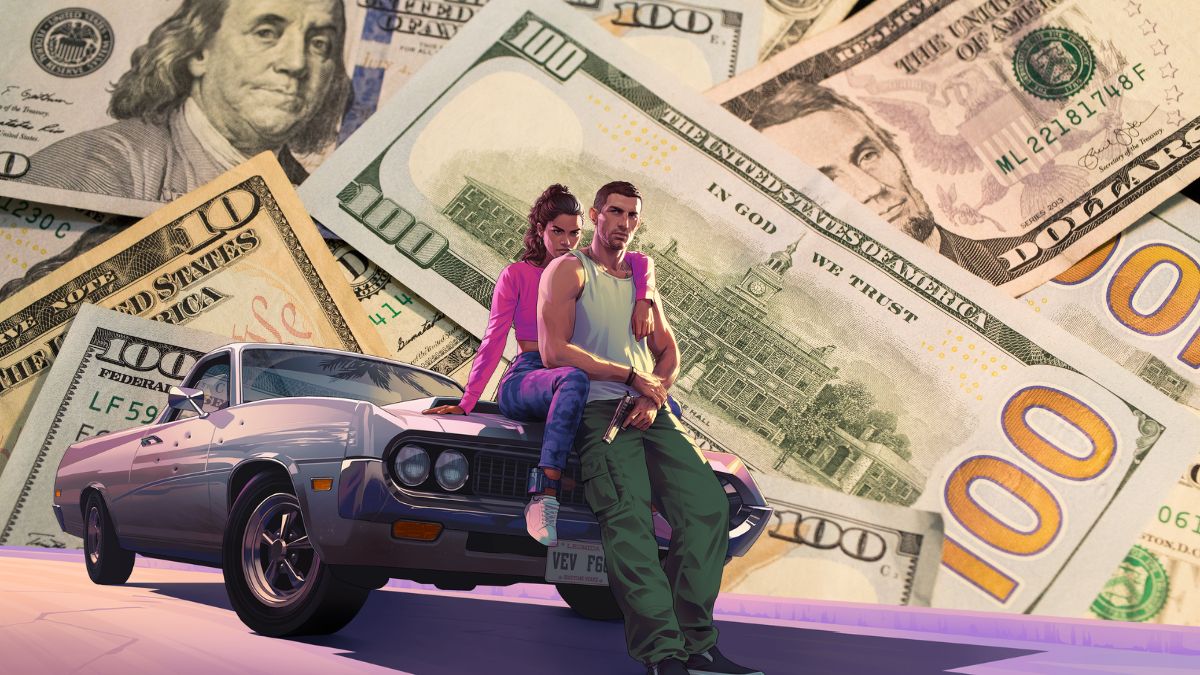
Can the Raised Price Be Justified?
Let’s start with the obvious: making video games today is more expensive than ever. Studios are working with larger teams, advanced tools, longer development cycles, and higher production standards. In some cases, development budgets rival those of Hollywood blockbusters.
So, if we’re being fair, some game prices back in the ‘90s already hit the $70-$80 mark. Adjusted for inflation, today’s $70 games may even be cheaper than what some of us paid for N64 or SNES cartridges. But those games worked.
You bought a cartridge, popped it in, and played the whole thing from start to finish. No massive day-one patches. No constant bug-fixing updates. No microtransactions or “Battle Passes” pushed into every genre. You paid once and got the full experience.
So when people hear developers floating the idea of gaming prices increasing, the first thought isn’t, “Is that fair?” It’s, “Is that game finished?”
A Premium Price Deserves a Premium Product
Gamers don’t mind paying more if they’re getting something worthy of the price tag. But recent history has made players cautious. Too many titles have launched in rough shape, with missing features, performance issues, or content clearly held back for future DLC.
If the price is going up, then the quality control needs to go up with it. For $80, a game should launch polished, complete, and stable. That means no game-breaking bugs, no content hidden behind paywalls, and no half-baked live service mechanics.
There’s also the recent announcement of Mafia: The Old Country, which is priced at a surprising $50. That’s a full single-player experience, made by a known publisher, with no bloated price tag. It proves one thing: a fair price can still exist in modern gaming, if studios choose to offer it.
Games vs. Everything Else
Some argue that the gaming price increase is just part of a larger trend. Movie tickets, fast food, clothes, and even school activities cost way more today than they did ten or twenty years ago. Teens also earn more per hour now, thanks to higher minimum wages.
They’re not wrong, everything has gotten more expensive. But that’s not the issue.
The issue is that games used to be a guaranteed one-time purchase. Now, many feel like investments with uncertain returns. DLC, season passes, and performance problems make people feel like they’re not just paying more—they’re getting less.
Even worse, publishers continue to push deluxe editions, early access bonuses, and microtransactions, turning what should be a $70 game into a $100+ experience.
Is $80 the Future?
The $80 price point isn’t officially here yet, but it feels like we’re being prepped for it. The industry is clearly testing the waters. But if publishers want players to accept that gaming price increase, they’ll need to bring something stronger than hype, they’ll need to bring complete, high-quality games at launch.
Until then, many players will do what they’ve always done: wait for the sale, skip the deluxe editions, and keep one eye on the refund button.
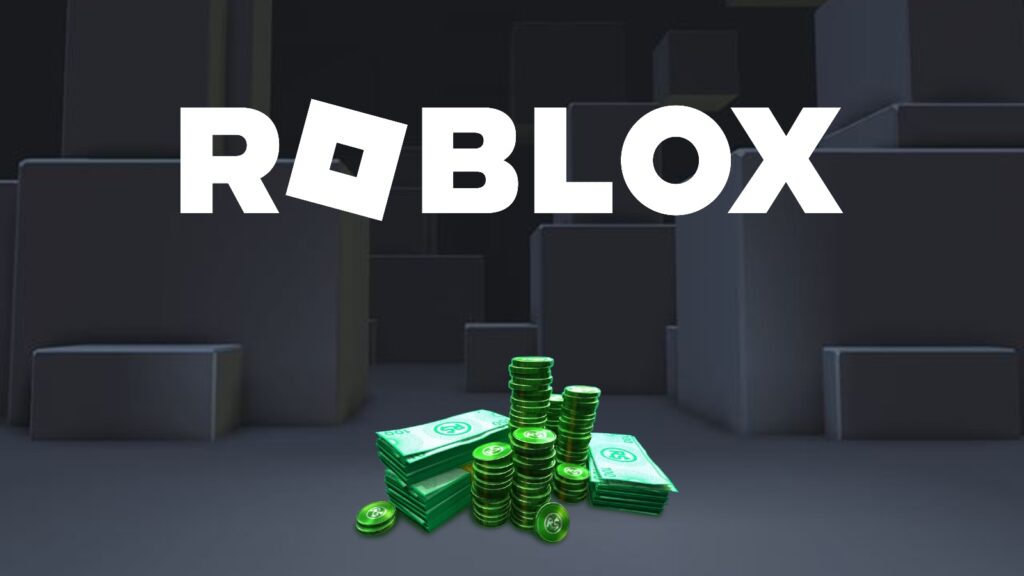

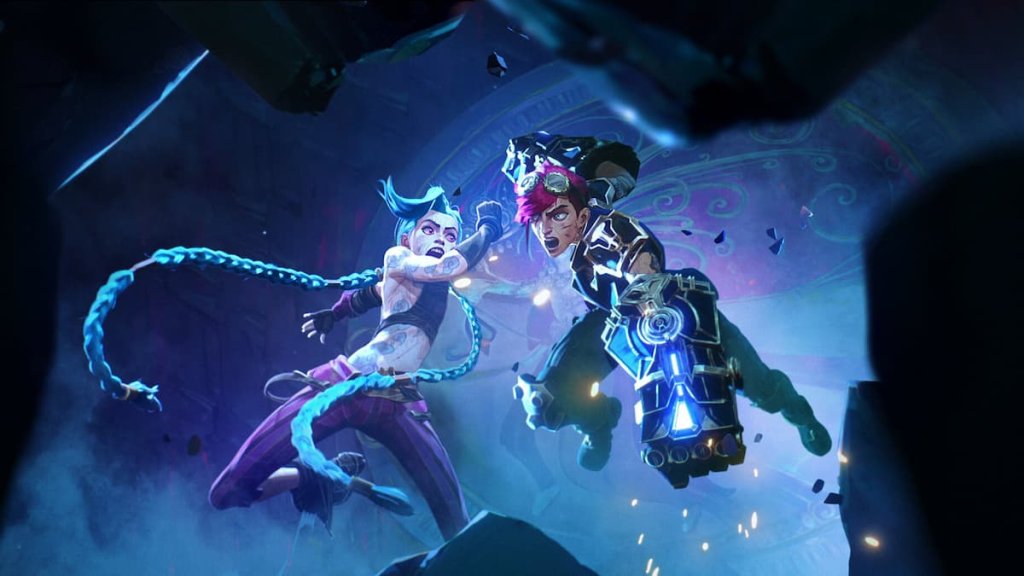
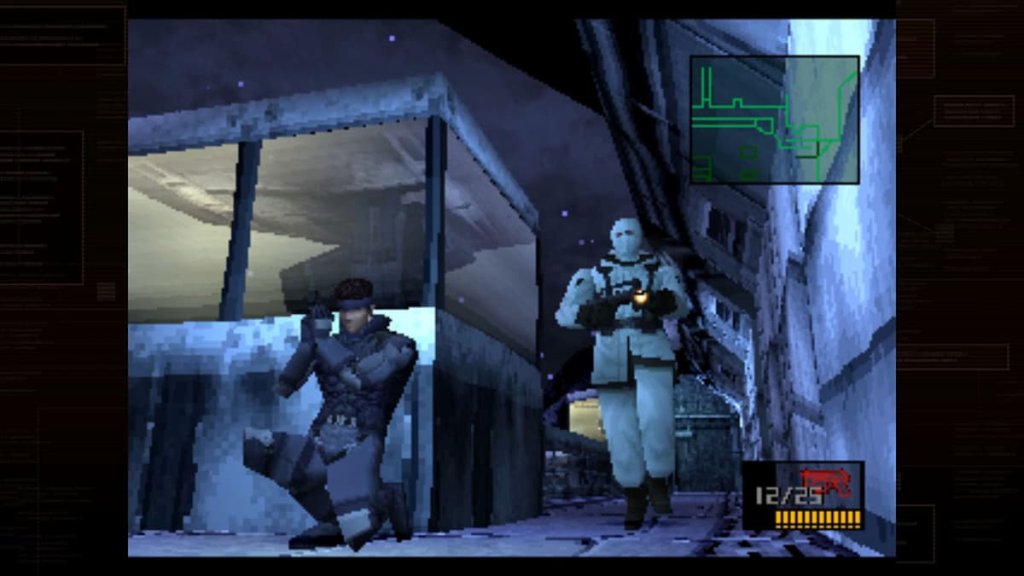
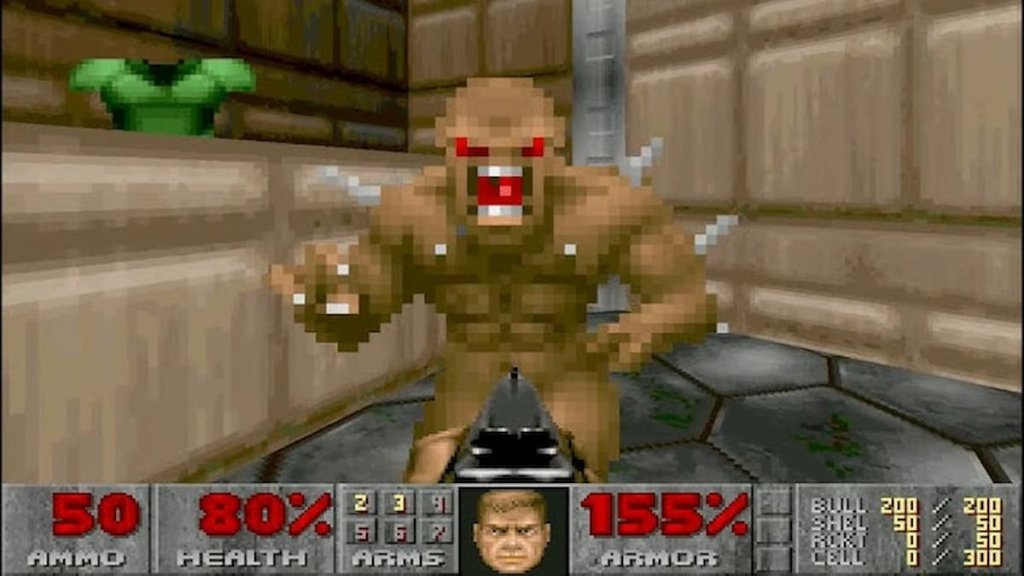
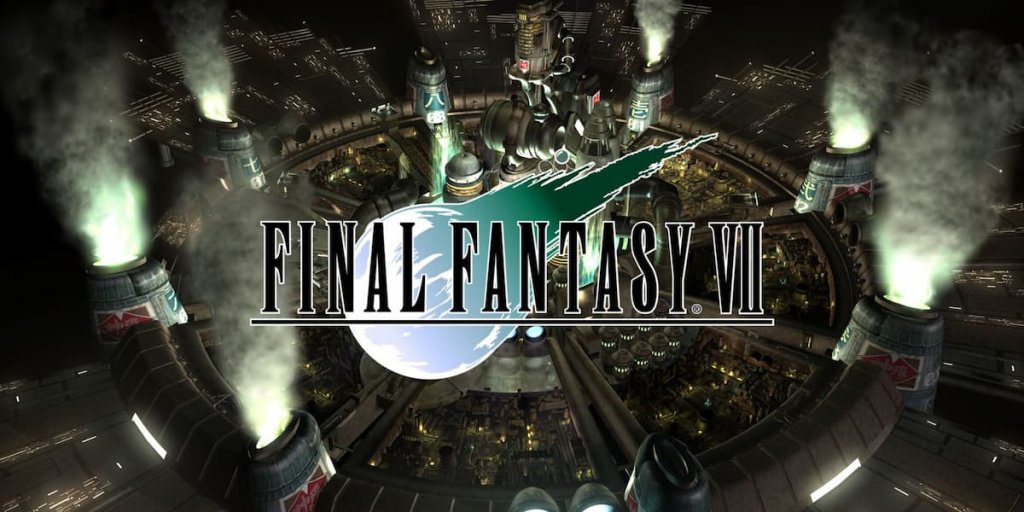


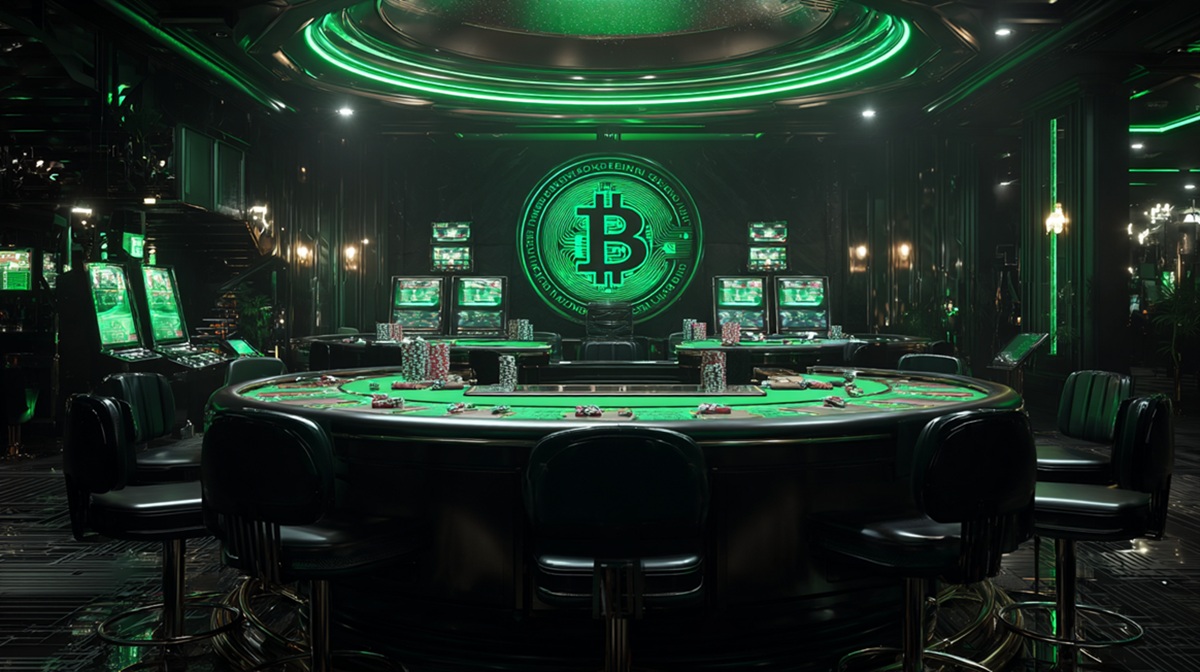
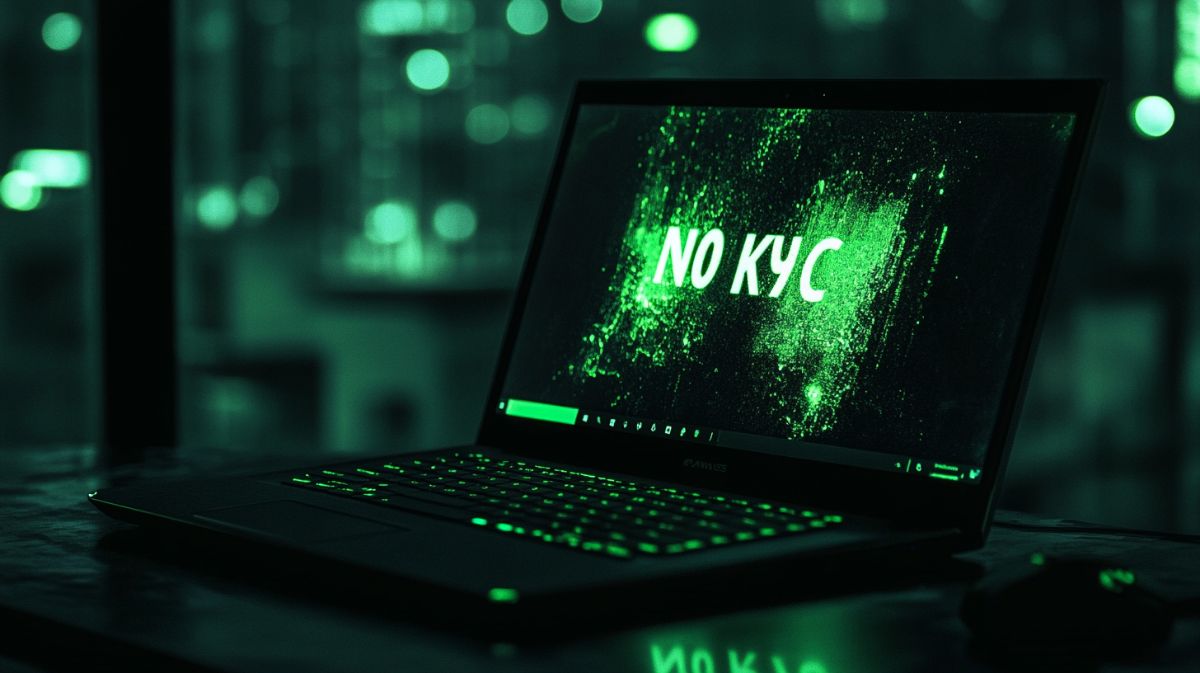
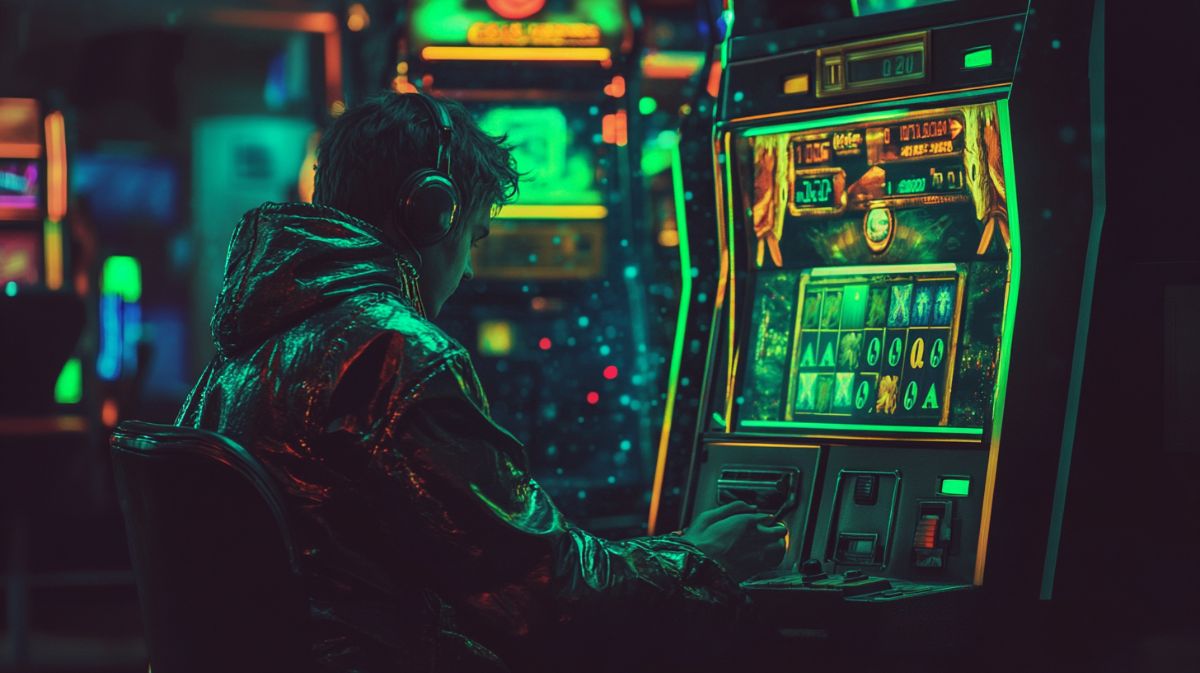
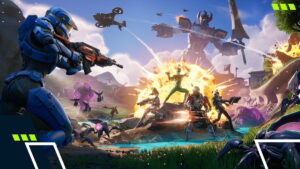



If dev’s want the fanbase to support their games with an $80 price point, then maybe don’t release broken games with bugs and glitches. Keep it in the oven longer, and release a polished product and stop releasing games with micro transaction dlc and gatcha systems with low RNG. If the games already got an $80 price point, no one wants micro transaction dlc or virtual currency.